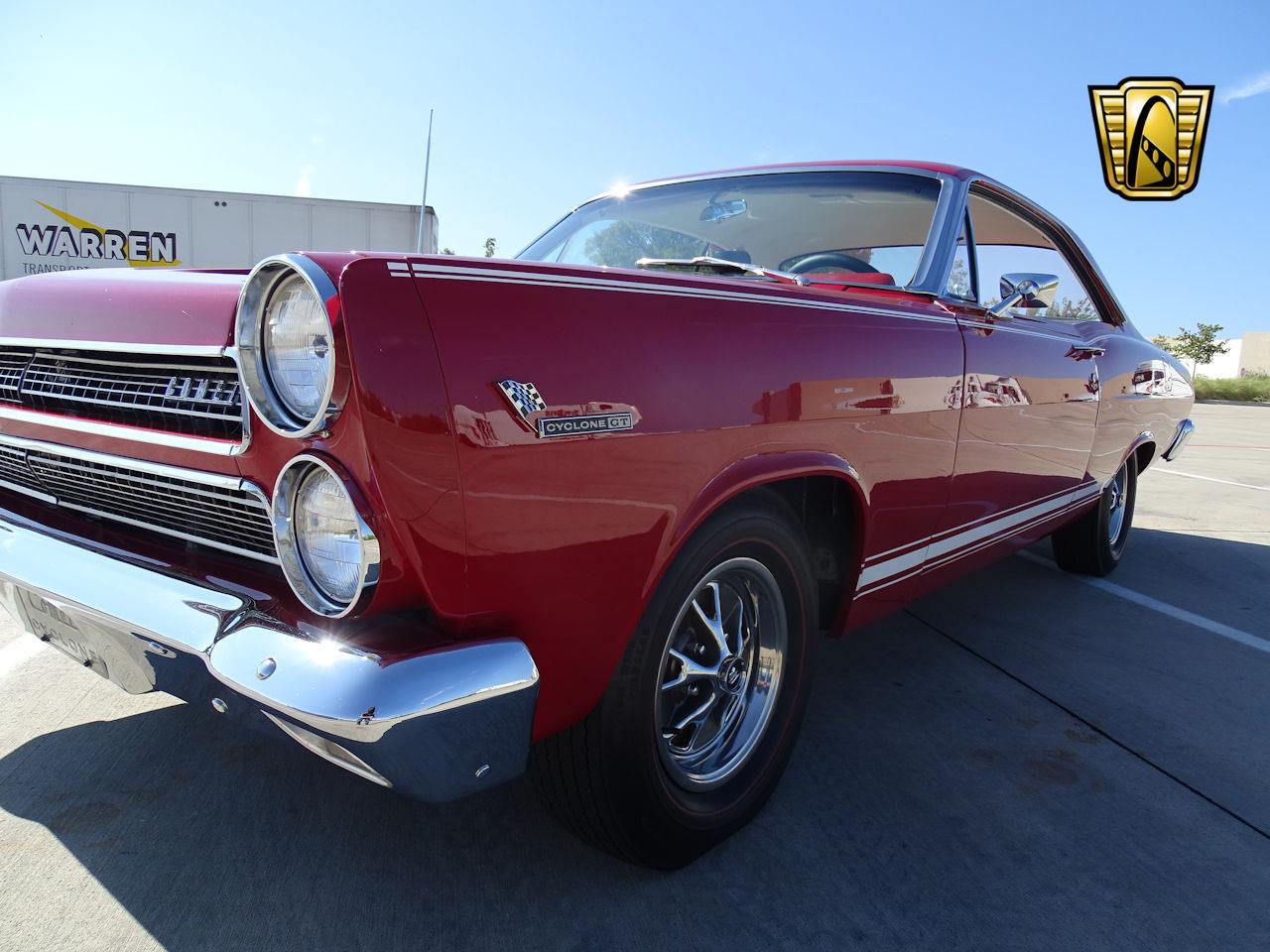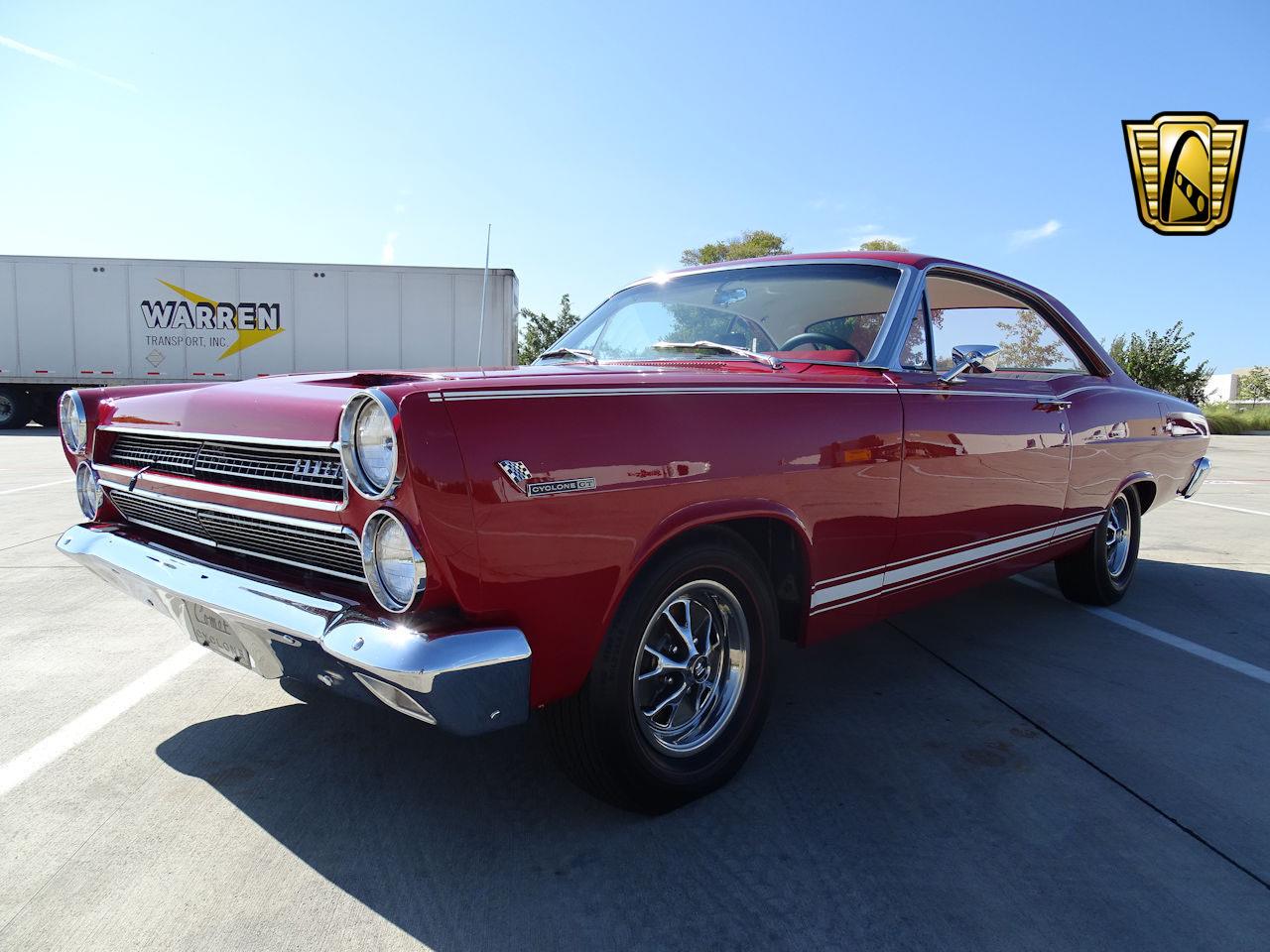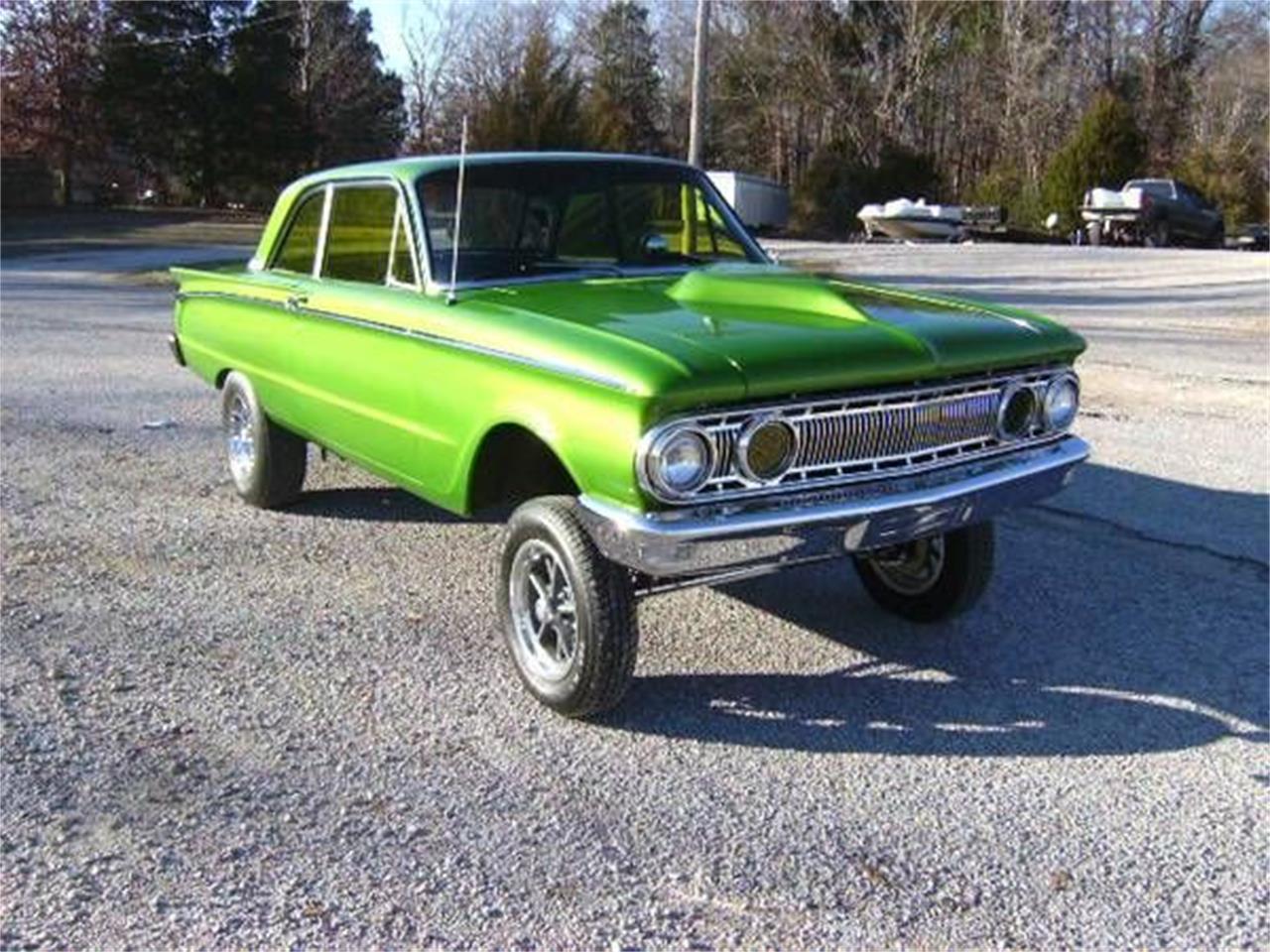

The ranks of Super Stock racing was now left to Ford, Chrysler, and a handful of independents racing GM products, but the days of Super Stock were numbered anyway – the mechanical improvements from year to year were becoming marginal after 1962, plus the A/FX class allowed modified bodies, suspension, and wheels to make for wilder, more exciting racing. However, the fun at General Motors was short-lived as the big guys at the top floor of GM HQ said no more to factory-sanctioned racing. Pontiac upped the ante still by drilling holes in the frame of its light weight A-Bodies creating the now infamous “Swiss Cheese” Catalina. The 427 was a strong contender in its high-riser form, but struggled shaking off the Mighty Mopars, although the ’64 Fairlane Thunderbolt evened the playing field a bit. Caliente trim level was used for A/FX coupes. When the Big Three couldn’t increase the power of their engines fast enough, they began to remove weight every which way (or, in the infinite words of Colin Chapman, “add lightness”). Their A/FX Comet was one of the hottest factory drag cars of the era, and goes unfairly forgotten in conversations.Ī/FX (factory experimental) racing traces its origins back to the glory years of factory-sponsored Super Stock racing. Equipped with such, special editions of the Galaxie and Fairlane were created, namely the “Thunderbolt,” to rival entries from cross-town rivals Pontiac and Mopar.Īnd what about Mercury? While not under Ford’s Total Performance umbrella, sister brand Mercury also was active in racing. This usually meant – particularly in the early 1960s – the use of Ford’s venerable 427 side-oiler engine.

Though in very small quantities, “street legal” race cars were created by Ford, either due to demand or to meet homologation standards. Images: Mecum Auctionsĭoing so meant a new-found emphasis on outright performance in all of Ford’s mainstream vehicles, specifically the Fairlane, Falcon, and Galaxie, which were heavily restyled to reflect this new performance image.īut Ford’s Total Performance program wasn’t all “talk” either.

Both the Comet and the Maverick are project cars, but feature loads of good parts and are definitely close enough to road-going use to justify saving rather than parting out.1964 A/FX Comet Caliente was stuffed with the high-riser 427. If you dig the patina look, this is about as good as it gets. In fact, I’d wager you could bring the Comet back mechanically and simply enjoy it as-is. The Comet isn’t much of a performance car in its six-cylinder form, but the body and interior are quite nice. The Comet’s interior is even better, and is the highlight of the car – along with its nearly rust-free condition. The rest of the interior is still fairly decent, with good door panels and dash as well as a complete back seat. As you can see, the door grab handles are a bit tired and the bench seat needs re-covering. The interior of the V8 car is fairly complete but in need of a cleaning. If I recall correctly, the hood is also a Grabber hood, with the requisite hood scoops. The motor did run when it was parked but it has not been started in a few years. The Maverick also sports a rear spoiler that looks like the same on found on Grabber package cars. The Maverick has benefitted from an engine swap at some point, as the VIN confirms this was originally a six-cylinder car. Be sure to scroll through the gallery to see more pictures, and if you’re interested in any of the cars and trucks in the collection, contact me this week as I’ll be returning to the site soon. The Maverick and Comet both have solid floors and despite their tired cosmetics, could be brought back to life or simply refreshed mechanically and the patina preserved.

As part of the large Georgia collection we’ve featured here on Barn Finds as an Exclusive, I wanted to create a post specific about a V8-powered Ford Maverick project and a very clean Mercury Comet.


 0 kommentar(er)
0 kommentar(er)
